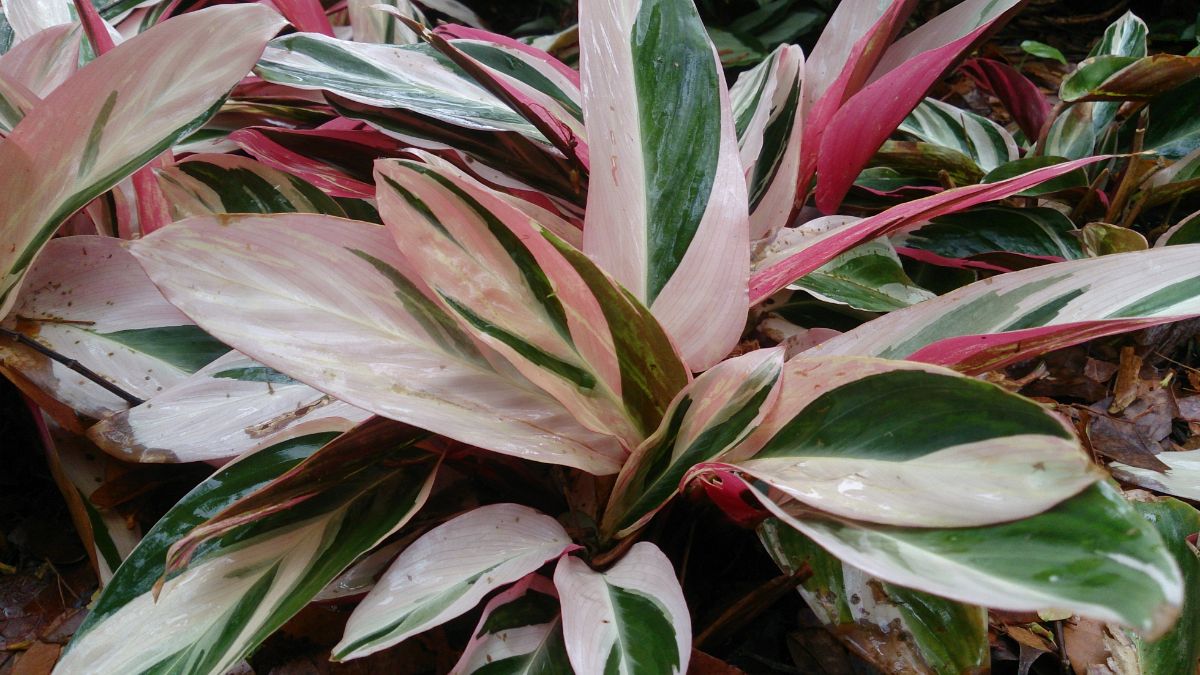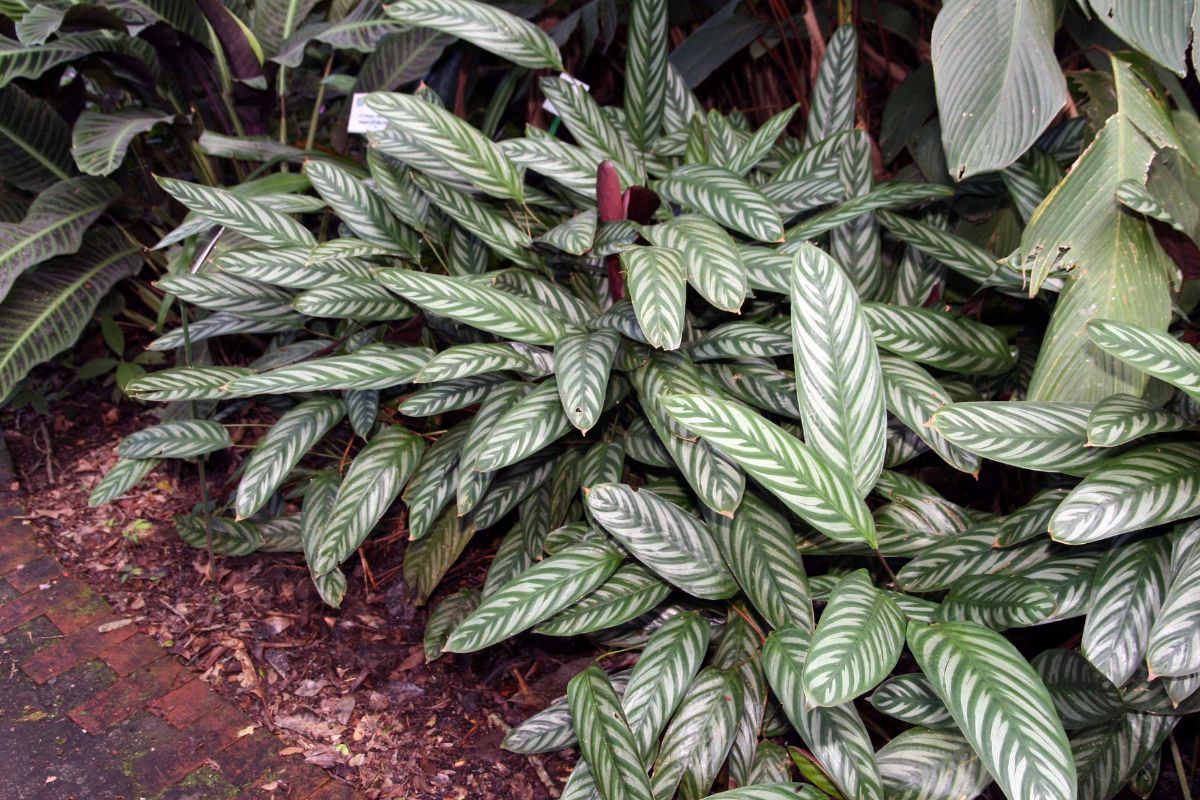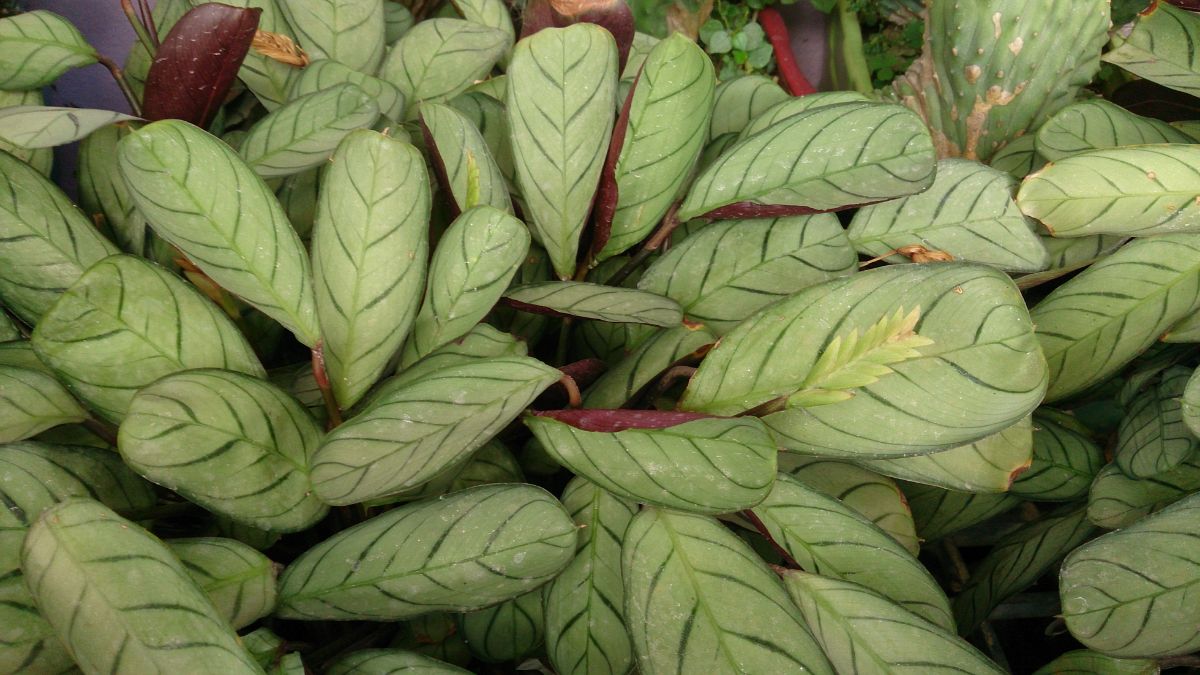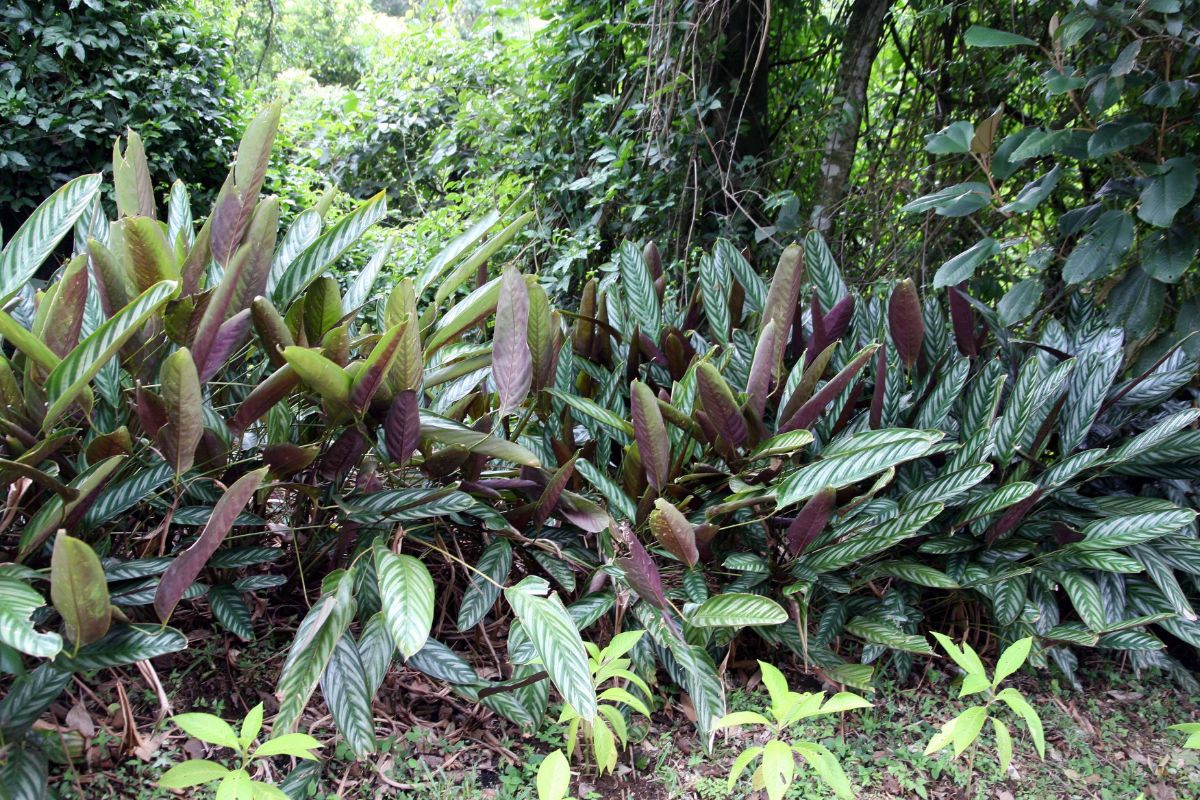
Each plant has specific needs that need to be met so that it is healthy and also stays that way. In the case of the Ctenanthe, care differs depending on the variety it is. But almost all of them agree.
Do you have a Ctenanthe at home and don't know what it needs? Don't worry, we will help you with it below. Pay attention.
How is a Ctenanthe

The first thing you should know about the Ctenanthe is that it is a plant native to Brazil, specifically from the tropical forest. Which already tells you that it will need humidity and not too much sun. It is also known by the name Never never or Never ever because it is perennial and gives a touch of color to any place where it is placed.
In addition, there are many varieties, some of them so different that you will not think they are from the same family. For example, there are ctenanthes that look like calatheas, and others that have yellow-spotted leaves. Keep in mind that they are part of the Marantacea family (yes, marantas).
What you should keep in mind is that, in almost all varieties, the leaves will be lance-shaped, long and oval (more or less thick) and also they will have stripes on them.
They can reach grow up to 2 meters horizontally and almost double the height.
And, like marantas, it is not toxic to animals, so nothing will happen if your cat or dog tears a leaf off it and eats it (apart from the fact that the poor plant will suffer the loss of that leaf and will look less pretty). So it can be placed anywhere without worrying too much (unless your pet is one of those who "prunes" the plant a lot).
Ctenanthe: care you should give it

Getting your Ctenanthe to be well cared for and even to have almost the same characteristics as its natural habitat is not easy, but it is not difficult either. It can actually be achieved. But for this it is convenient that you know all the tricks and care of this plant to achieve it.
And it's something we're going to do next.
Location and lighting
Let's start with the first point: where to place your ctenanthe so that it is healthy? In this case, if you remember what its natural habitat is, we were talking about tropical forests, which implies: one, which barely gets the sun, but rather light; and two, that it is protected by other plants and that creates a constant humidity effect, which is just what Ctenanthe needs.
That said, in your home you could place it in a place where have lighting but not direct sun. It needs light, a lot, but it should not be placed in the sun, but rather indirect lighting. Keep in mind that your plant will help you.
If you notice that the leaves that come out are dark green and that the drawings that it has of another color begin to disappear, it is telling you that it does not receive too much light. And if you notice that the leaves are too light, that you can hardly distinguish the color pattern, it will tell you that you have gone too far with the light.
If you are better oriented by north, south, east or west location, then bet on placing it (if you are in the northern hemisphere) in a north or east.
Temperature
Another important point to keep in mind about Ctenanthes is the temperature they support. In the jungle, its temperature is usually low, between 13 and 25ºC. That is why it is important that you provide that same temperature.
Now, it can be adapted, although it will take time. Below 13 degrees does not hold and much less if there is frost, you can kill the plant in a few hours. That is why it is recommended that, in summer, you take it out of the house if your temperature is not too high; and in winter the goals at home.
Substratum
One of the least difficult cares for the Ctenanthe is choosing the substrate for the pot. Actually it fits any soil, as long as it has drainage. If you don't have it, you'll have a hard time getting by because the roots need room to breathe (which is what gives them drainage).

Irrigation
And from easy care to another difficult: irrigation. The Ctenanthe needs irrigation that makes the soil constantly moist. Do not water down, be careful. It is important that the plant is watered often. But much more important is going to be that you spray it with water.
In fact, sometimes this second is recommended more than watering it, especially because if you go too far you can end up rotting the roots. Therefore, when it comes to watering, we recommend that you give it a couple of days once the soil dries to make sure that the roots are not going to rot from watering so often. In other words, wait until the soil is dry before watering again.
As yes you must do, sometimes several times a day, is to spray water so that the environment is more humid, which is just what the plant needs (and through this it can be nourished with water).
Subscriber
Be thankful for the monthly subscription (as long as you haven't transplanted it recently). What is recommended is that half the product is used than what the manufacturer says.
Plagues and diseases
What should you be aware of that can kill your plant? Apart from not giving your Ctenanthe the necessary care, it can be attacked by mealybugs, red spiders or thrips. All of them will affect the leaves and stems and catching them in time will help save your plant.
As for diseases, botrytis, characterized by gray mold, will also affect (and is caused by excess moisture). Other problems you will have will be caused by excess heat, excess or lack of light, high or low humidity and irrigation.
Multiplication
Finally, we come to the reproduction of the Ctenanthe. In this case you should know that It reproduces by dividing the mother plant.
Of course, you have to wait until it is large enough to be able to divide it.
Do you have more questions about the care of the Ctenanthe?